In most states, there is minimum wage and there is tipping minimum wage. For those who earn the latter, most of their income comes from tips. This is fine in nicer restaurants where tips can be substantial, but in places that depend on high turnover and low prices, restaurant servers need to work more tables per hour to earn the equivalent of minimum wage.
Kathryn Casteel and Charlie Smart for FiveThirtyEight have an interactive chart that shows how many tables servers have to work to make up the difference in different states.
Tables per hour makes the x-axis and hourly wage makes the y-axis, which means steeper slopes represents fewer tables to make up the difference. I’m not sure everyone will get that, but I like it.
That said, I hope people don’t interpret these numbers as servers at some restaurants have to work harder than others do. Service at Denny’s isn’t quite the same as service at a four-star. Rather, the main takeaway is that you should tip your servers. That’s where they make most of their income.

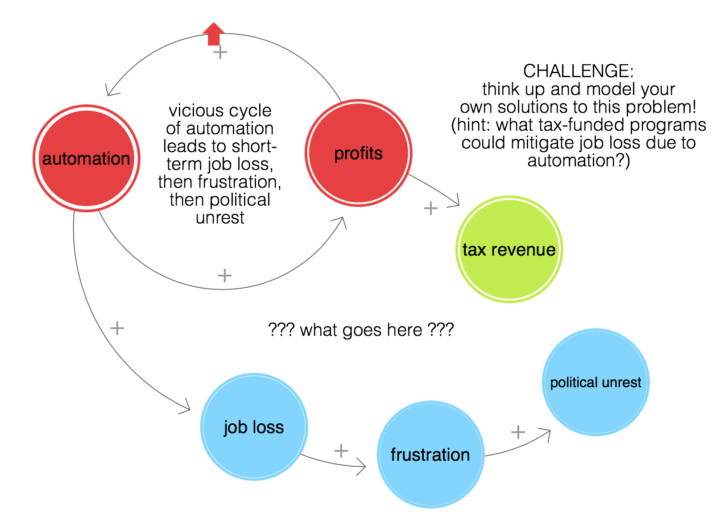
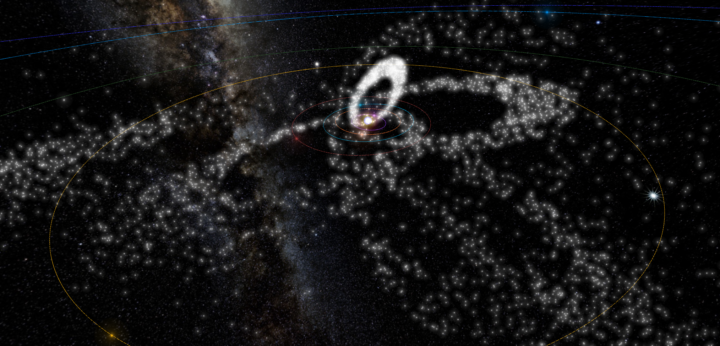
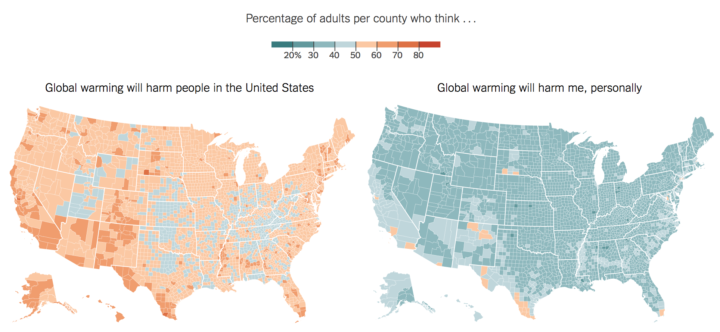


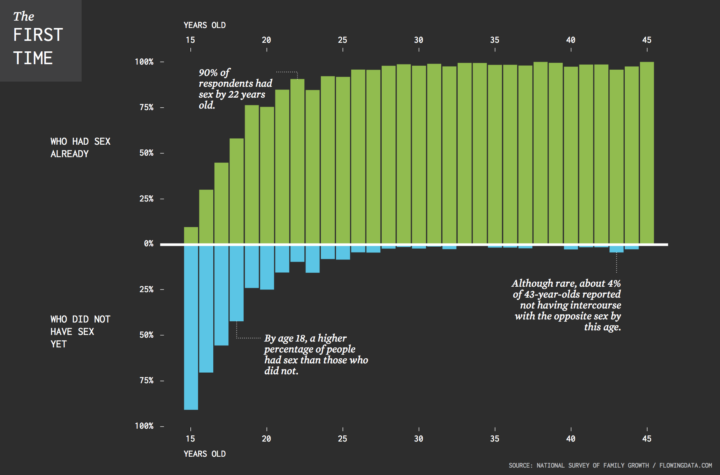
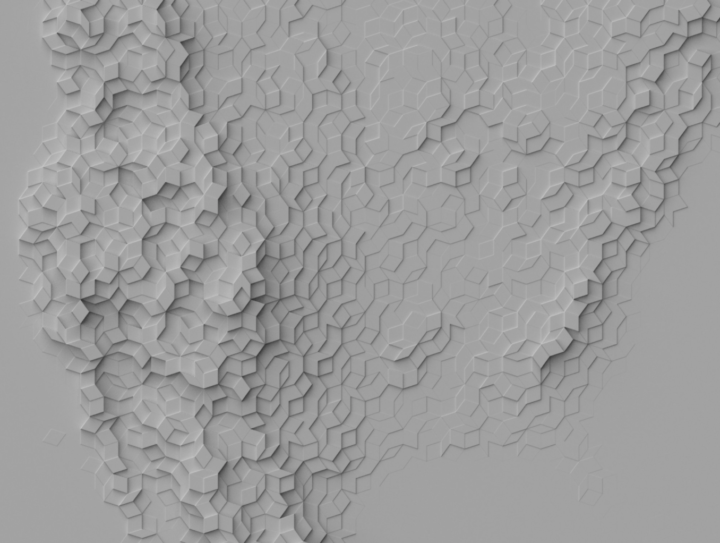
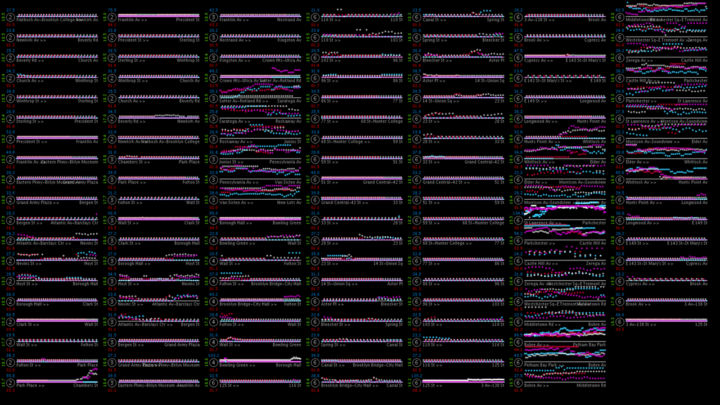
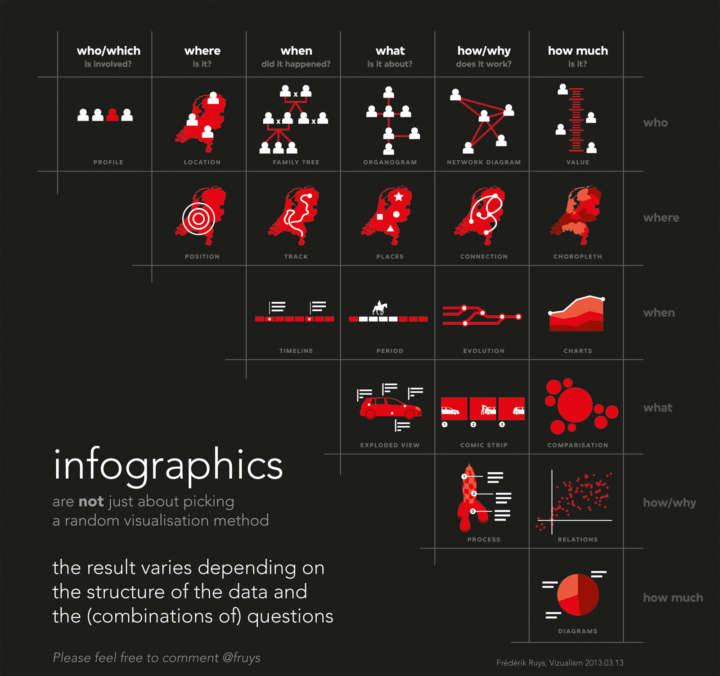
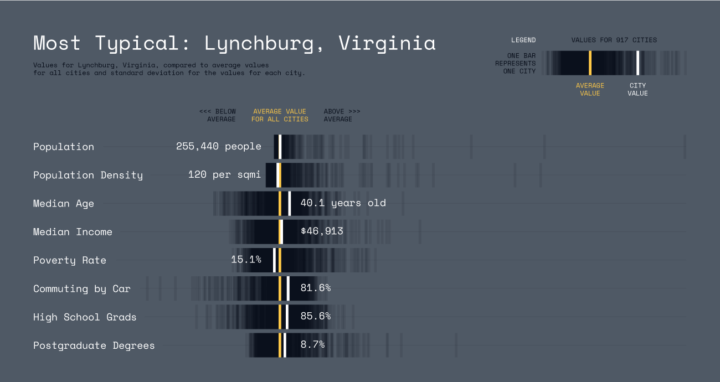
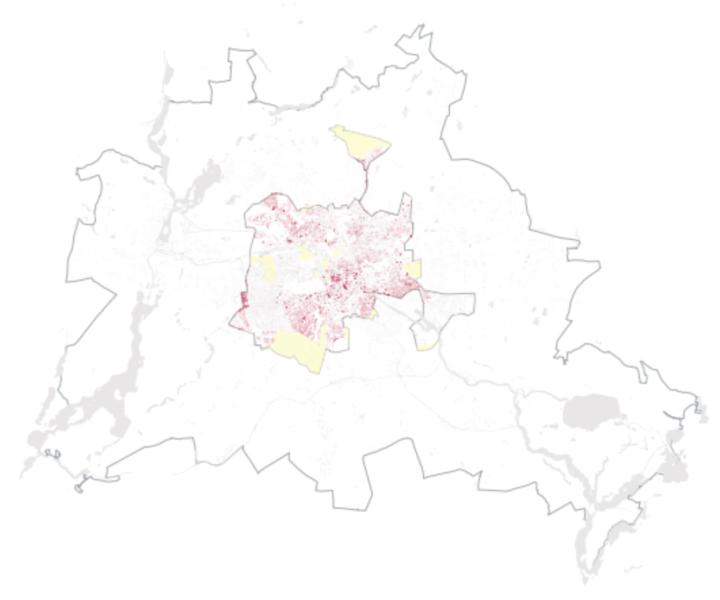
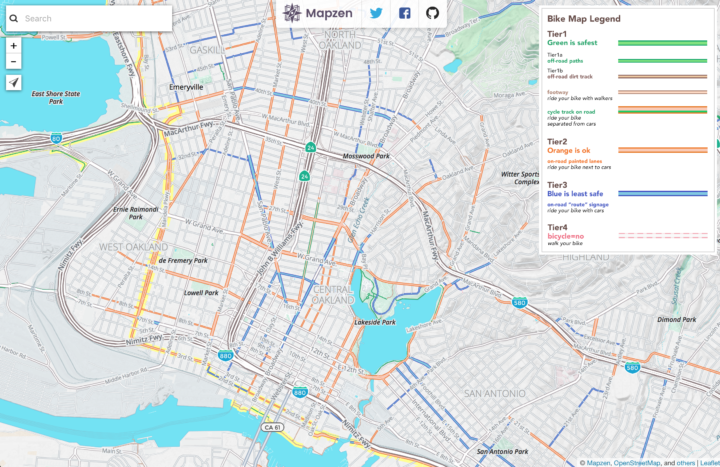

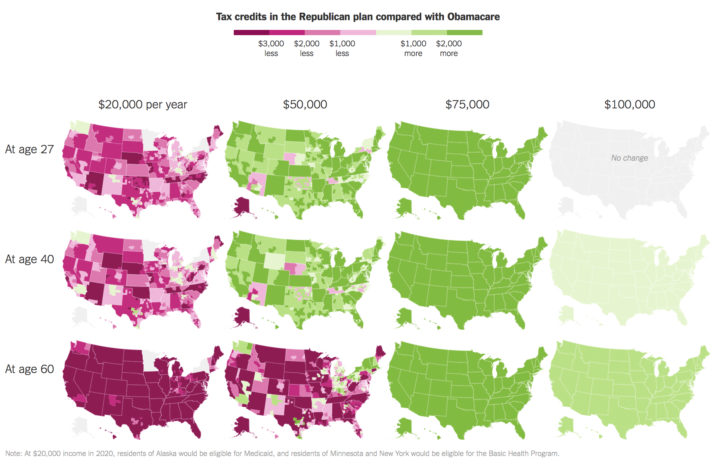

 Visualize This: The FlowingData Guide to Design, Visualization, and Statistics (2nd Edition)
Visualize This: The FlowingData Guide to Design, Visualization, and Statistics (2nd Edition)










